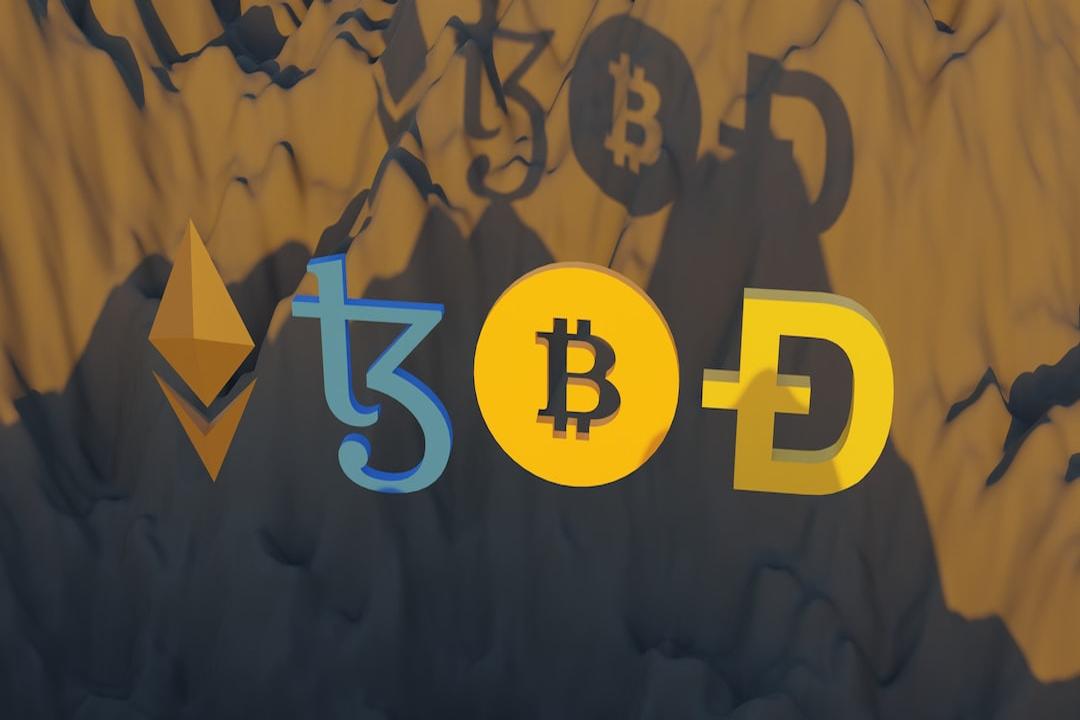What happened?
With the surge in demand for cryptocurrency liquidity after the US election, the supply of stablecoins USDT from Tether and USDC from Circle has increased by a total of $5.4 billion over the past week. The growth of stablecoins represents a significant influx of capital into the crypto economy and investor demand for digital assets.
On November 11, the largest stablecoin issuer, Tether, launched an open-source “Wallet Development Kit (WDK)” to assist businesses and developers in integrating non-custodial digital wallets into websites or applications, further promoting the widespread adoption of cryptocurrencies.
The cryptocurrency market has surpassed $3 trillion in market capitalization, approaching France’s GDP.
As the cryptocurrency market experienced significant growth in early November, the total market capitalization reached $3.12 trillion. If the cryptocurrency market were a country, it would be the 8th largest market by GDP, closely following economic powerhouses like the United States, China, and Germany.
This growth is mainly driven by the significant increase in the price of Bitcoin, which now has a market capitalization of $1.77 trillion, surpassing Spain’s GDP. Additionally, the market capitalization of Bitcoin is now larger than that of tech giant Meta and is gradually catching up to globally renowned companies like Apple and Nvidia.
After reaching its all-time high in 2021, the cryptocurrency market has entered another active bull cycle. Market analyst Markus Thielen predicts that Bitcoin will maintain its dominance and drive the market towards a $4 trillion market capitalization. Another analyst, Rachael Lucas, believes that if the total market capitalization of cryptocurrencies continues to rise, altcoins other than Bitcoin are likely to experience a surge.
Stablecoin USDT and USDC experience a rapid increase in supply, reflecting strong market demand.
The supply of stablecoins has grown in sync with market demand, with Tether’s USDT and Circle’s USDC being the most popular. Data shows that since the US election on November 5, the demand for cryptocurrency liquidity has significantly increased, leading to a $5.4 billion increase in the total supply of USDT and USDC within a week.
USDT is the commonly used main circulating currency on global exchanges, while USDC is primarily used on the US trading platform Coinbase and decentralized finance (DeFi) applications.
TradingView indicates that the circulating supply of USDT has increased by $3.8 billion in the past week, reaching a new record of $124 billion. The supply of USDC has also grown by $1.6 billion, reaching nearly $37 billion.
Due to the stable price and pegged value to the US dollar, stablecoins are often used as the main trading pairs for cryptocurrency transactions by investors worldwide. The significant increase in demand for stablecoins indicates that a large amount of capital intends to flow into the crypto ecosystem in the near future.
Tether releases open-source “Wallet Development Kit” to expand AI and non-custodial wallet applications.
With the recent surge in the cryptocurrency market, more and more new users and institutions are starting to pay attention to the cryptocurrency market again.
However, compared to the early stages of the cryptocurrency market, the current on-chain infrastructure and applications have made significant progress and improvements. Nevertheless, they are still relatively complex and have certain entry barriers for ordinary users.
On November 11, Tether, the largest stablecoin issuer globally, announced the launch of an open-source “Wallet Development Kit (WDK)” to assist businesses and developers in integrating non-custodial digital wallets into websites or applications more conveniently.
This wallet development kit supports digital assets such as Bitcoin and Tether (USDT) and has modular design and multi-system compatibility. It can be widely applied to embedded devices, mobile phones, computers, websites, and even automated systems such as AI agents and robots, meeting the diverse needs of human users and “digital beings.”
The wallet development kit simplifies most of the setup process, allowing users to have easier and complete control over the encrypted assets in their wallets without relying on third-party custodial services, further enhancing decentralization security. Additionally, the wallet development kit will also release user interface templates in the future, allowing businesses to create unique user experiences on their platforms.
References:
cointelegraph, cointelegraph, coindesk

